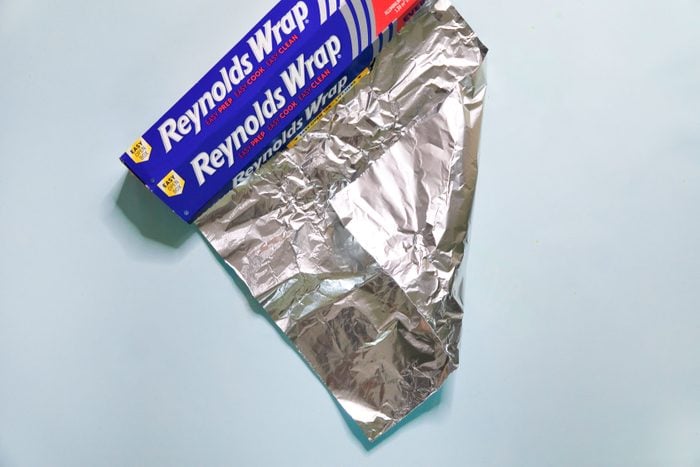Why Aluminum Foil Has a Shiny and a Dull Side
Updated: Jan. 05, 2024

We finally found the answer!
Aluminum foil: It’s one of the most versatile things you can have in your kitchen. It’s not just good for wrapping up food—you can use it for so many more things!
But there’s one question we all have about aluminum foil: Should we use the shiny or the dull side when we cook? And have we been doing it wrong this entire time?!
What Side Should We Use?
As it turns out, there’s no “correct” side of aluminum foil to use when cooking, so using it on either side is not one of the cooking mistakes that could ruin your food. They’re both equally effective at heating your food, so just choose whatever side you prefer.
So if there’s no real reason for it, then why, exactly, does aluminum foil have a shiny and dull side in the first place? Everyone’s favorite foil brand, Reynold’s Kitchen, says that the difference between the two sides is due to a manufacturing process called milling, during which heat and tension are applied to stretch and shape the foil. Two layers of foil are pressed together and milled at the same time, because otherwise, it would break.
“Where the foil is in contact with another layer, that’s the ‘dull’ side,” Reynold’s explains. “The ‘shiny’ side is the side milled without being in contact with another sheet of metal. The performance of the foil is the same, whichever side you use.”
Did you know all the different color codes Reynold’s uses for its aluminum foil?
Are There Any Exceptions?
Yep—if you’re using non-stick foil, there is a difference between the two sides. Since the non-stick coating is only applied to one side, you’ll want to use the dull side. Side note: There will be a label that designates the “non-stick side” in case you forget!
Next up: This Is Why You Should Put Aluminum Foil in Your Dishwasher
